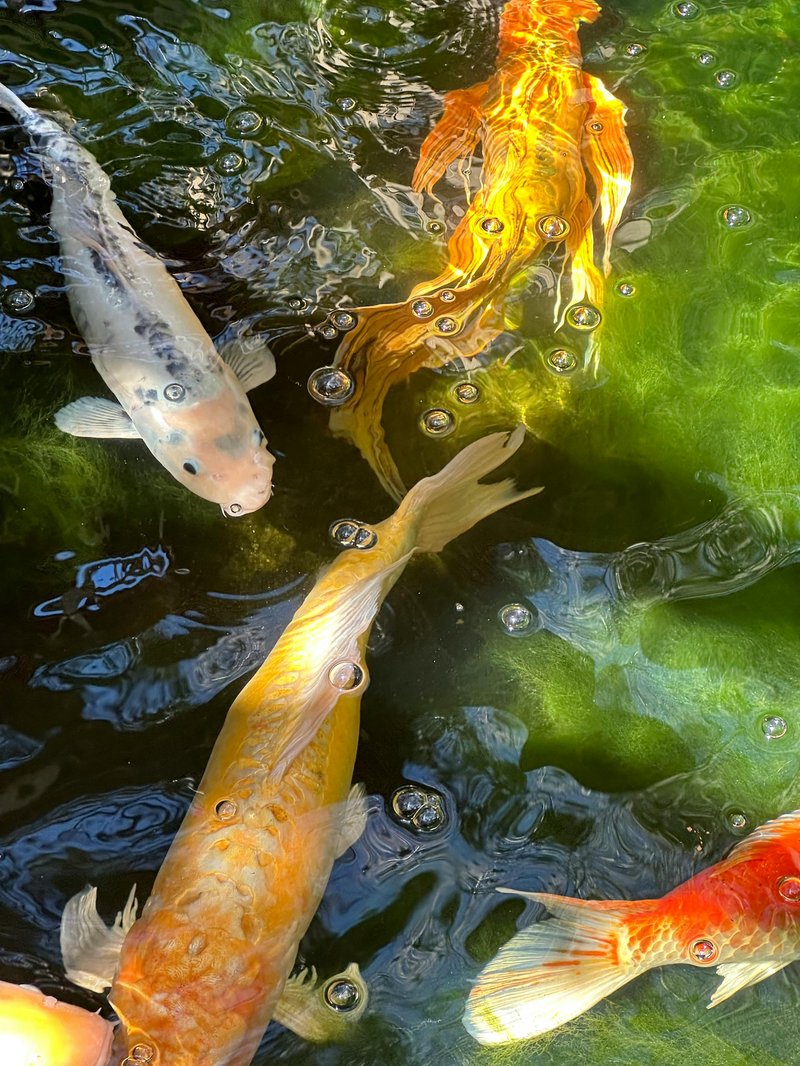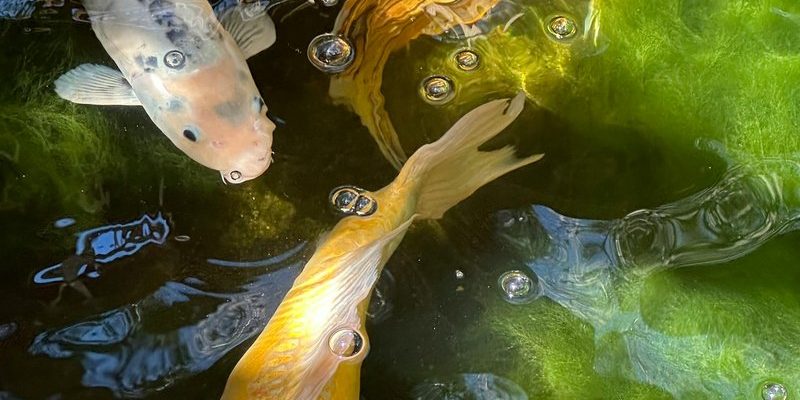
You might be wondering where exactly you can find these fascinating fish. Are they in the ocean, fresh rivers, or secluded ponds? And how do their habitats change with the seasons? Let’s dive into the world of trouts and discover the various places they call home.
Types of Trout and Their Natural Habitats
Trouts belong to the *Salmonidae* family, which encompasses several species, including rainbow trout, brown trout, and brook trout. Each species has its preferences regarding their environment, but they generally thrive in cold, clean waters. Think of it like a Goldilocks scenario: not too warm, not too polluted, but just right.
– Rainbow Trout: These vibrant fish are commonly found in North America, residing in both freshwater lakes and rivers. They love swift currents and prefer temperatures between 50°F and 60°F. You can often find them in streams that have a good amount of oxygen, which comes from moving water.
– Brown Trout: More adaptable than their rainbow cousins, brown trout can be found in a variety of habitats, including rivers, lakes, and even brackish waters. They’re known for their ability to live in slightly warmer temperatures than other trouts and can often be found in lower elevations.
– Brook Trout: Typically found in smaller, colder streams and lakes, brook trout are native to eastern North America. They enjoy places with plenty of cover, like boulders and overhanging trees, which provide protection from predators.
Understanding these trout species gives us a better grasp of where to look for them in nature.
Freshwater Habitats: Rivers and Streams
Freshwater environments are the primary homes for most trout species. Rivers and streams provide not just shelter but also a food source, which is essential for their growth. You might be imagining a picture-perfect scene with rocks, riffles, and sunlight dancing on the water surface.
Trouts often prefer riffles, shallow areas with fast-flowing water, where they can find insects and smaller fish to eat. Here, they can also hide from potential predators. These fast-moving waters are rich in oxygen, which is vital for trout survival.
In contrast, pools—deeper, slower-moving sections of rivers—offer a different set of benefits. Trout can rest here and ambush prey that swims by. This diversity in freshwater habitats helps support healthy trout populations, giving them ample opportunity to thrive.
Trout in Lakes and Ponds
While rivers and streams might steal the spotlight, lakes and ponds play a significant role in the trout ecosystem. These still waters are perfect homes for certain trout species, particularly during the warmer months.
Lakes often provide a stable temperature, which is ideal for rainbow trout and brook trout. They prefer deeper waters during summer when surface temperatures soar. You might find them lurking in cooler, deeper spots or near underwater structures like submerged logs or rocky outcrops.
Ponds, especially those with clean water and vegetation, can also host trout. However, they tend to be more affected by temperature changes, leading to a lesser population in smaller or more polluted ponds. This makes larger lakes typically better environments for trout survival.
Trout and Their Oceanic Adventures
You might be surprised to learn that some trout—like the steelhead—actually migrate to the ocean. Steelhead are essentially ocean-going versions of rainbow trout, and they live part of their lives in saltwater. This unique adaptation is like a fishy version of living in two worlds!
When these fish migrate, they often travel from fresh rivers to the ocean, feeding on different prey and growing larger in the nutrient-rich waters. After spending time in saltwater, they return to freshwater rivers to spawn, creating a fascinating life cycle that keeps both freshwater and marine ecosystems thriving.
This migration pattern shows how adaptable trout can be, allowing them to flourish in various environments and making them an essential part of both river and ocean ecosystems.
Climate Impact on Trout Habitats
Climate change poses a real threat to trout habitats. As temperatures rise, the cold, clean waters that trouts require for survival can become more scarce. You might be wondering: what does this mean for our fishy friends?
Warmer waters can lead to reduced oxygen levels, increasing stress on trout populations. Plus, rising temperatures can cause rivers and streams to become too warm for certain species, pushing them to seek cooler areas—often leading to overcrowding and competition for limited resources.
We also see changes in the timing of natural events, like when insects hatch or when water temperatures rise, which can throw off the delicate balance of the ecosystems trout rely on. Ensuring these habitats remain healthy is crucial for trout populations and the overall health of freshwater systems.
Conservation Efforts for Trout Habitats
With trout facing the challenges posed by climate change and habitat loss, various conservation efforts are underway to protect these incredible fish. Organizations and local communities are working together to restore rivers, educate anglers, and promote sustainable fishing practices.
You may notice efforts like creating fish ladders to help trout migrate upstream, or replanting native vegetation along riverbanks to improve water quality. These actions not only help maintain healthy habitats for trout but also support the entire ecosystem, benefiting other wildlife and plants.
It’s essential for everyone to understand their role in protecting these habitats. Whether you’re an angler, a hiker, or simply a nature lover, small actions can contribute to the bigger picture of conservation.
Trouts are more than just fish; they represent a complex web of life connecting rivers, lakes, and oceans. By understanding where they can be found—whether in robust rivers, tranquil lakes, or salty seas—we can appreciate the delicate balance of their habitats. As we face environmental challenges, it’s crucial to advocate for the preservation of these ecosystems.
The journey of trout—from freshwater streams to ocean adventures—reminds us just how interconnected nature is. Each effort we make to protect their habitats not only benefits trouts but also supports a thriving environment for countless species. So, the next time you think about fishing or hiking near water, remember the hidden lives of trout and the crucial role they play in our world.

